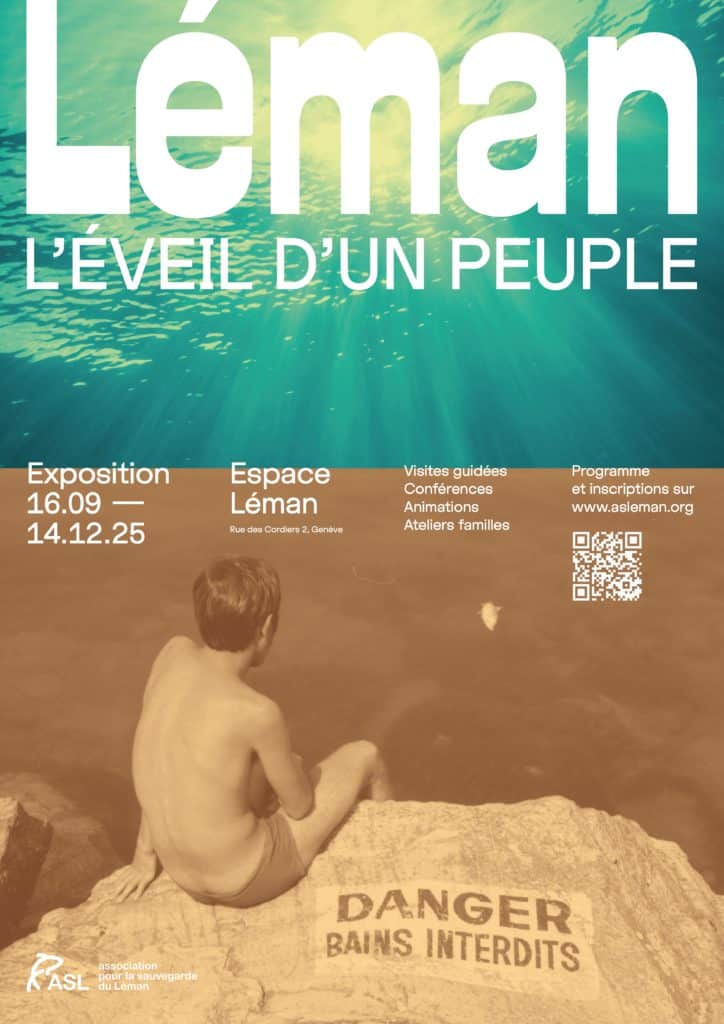But what kind of tuxedo-clad water bird is strutting its stuff on the waters of Lake Geneva? It's none other than the male Goosander and his mating plumage! From December onwards, like most anatidae, the male puts on this plumage to court his ladies. With his immaculate white flanks, black back and dark green headdress, he is easily distinguishable from the females. However, outside the mating season, females and males look very similar, with grey flanks and an entirely red head.

In Western Europe, this species of anatid is unique to large lakes. Its distribution is directly dependent on large bodies of water. Lake Geneva provides them with a prime habitat, offering a large surface area of fresh, clear water that is home to their favourite food: fish. Essentially a fish-eater and skilled fisherman, it can dive up to 10 metres in search of fish and sometimes even crayfish, which it captures with its long, toothed beak! It will even eat a few zebra mussels along the way. Reedbeds are a favourite feeding ground, as many fish spawn there, ensuring the availability of easy prey.
The Goosander prefers to nest in hollow trees up to 12 metres high. They may also nest in cavities in cliffs or riverbanks. In April-May, the female may lay 8 to 12 eggs, which she incubates alone for 28 to 35 days. A few days after hatching, the young Mergansers are led to "throw themselves" from the nest to reach their preferred habitat.
During the summer season, the breeding females stay with their young and youngsters, while most of the other females and independent males migrate to Scandinavia.
The Goosander is on the red list of endangered species in Switzerland. In order to maintain and develop its population, it is important to conserve the natural habitats of reedbeds and hollow tree woodlands on the banks of rivers and lakes. Since 2004, its breeding population index has been increasing in Switzerland (vogelwarte.ch), which is positive!
𝐒𝐨𝐮𝐫𝐜𝐞𝐬 :
- Alexis Pochelon, ornithologist, ASL project manager
- Goosandervogelwarte.ch


